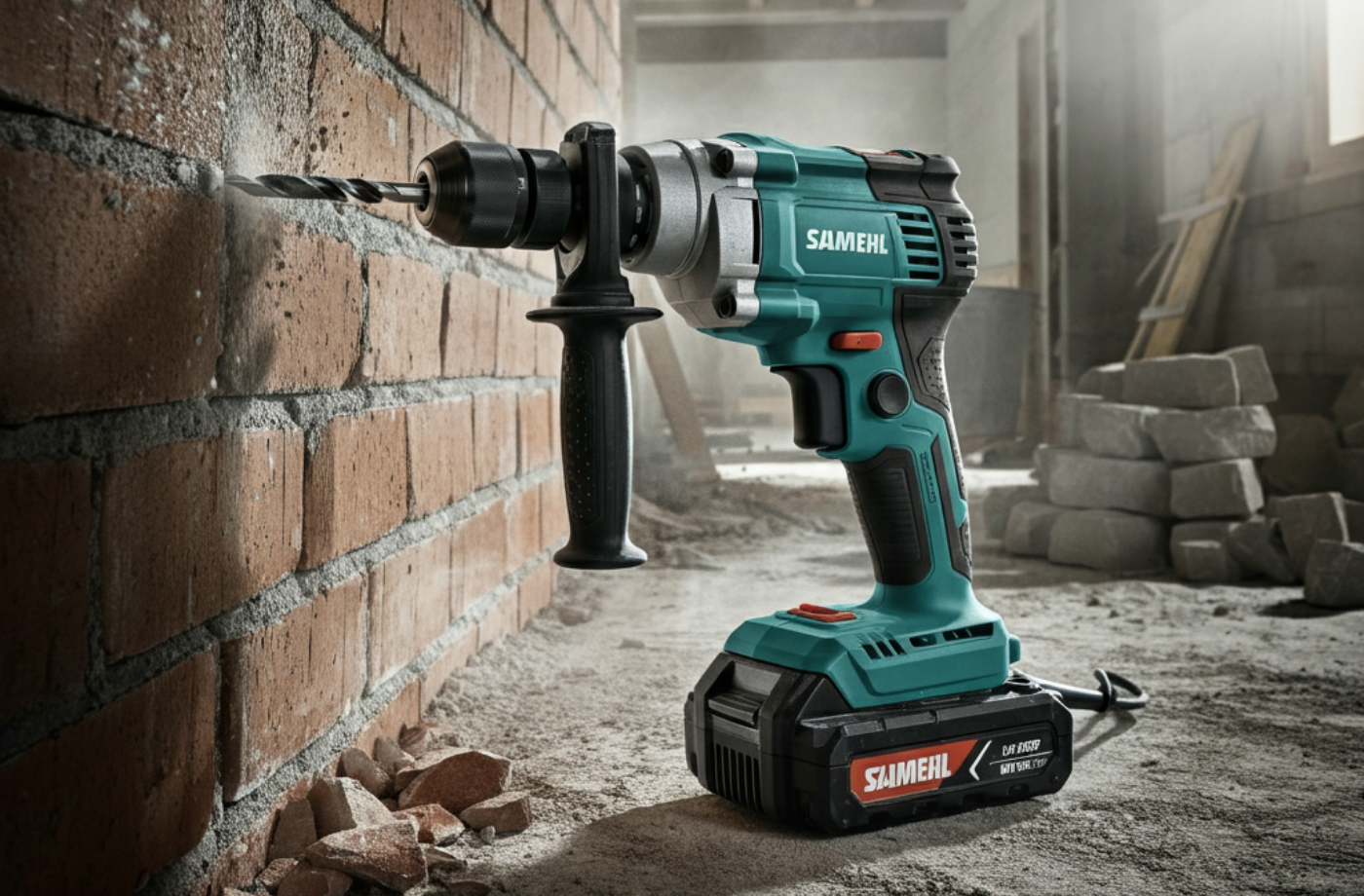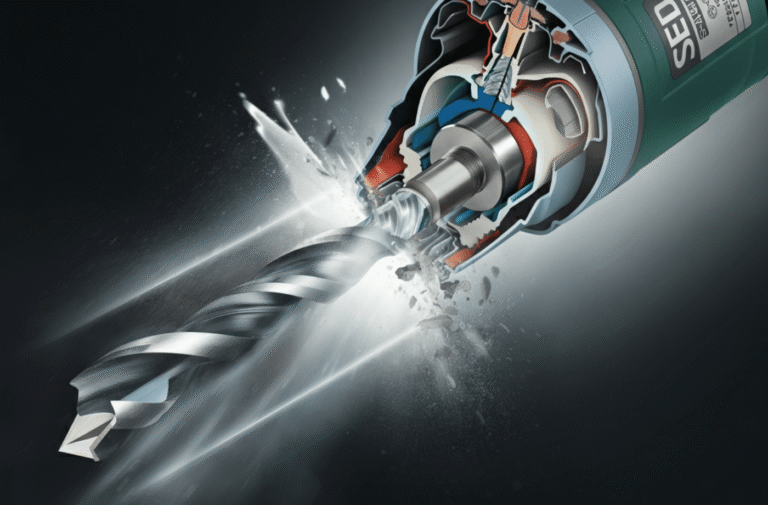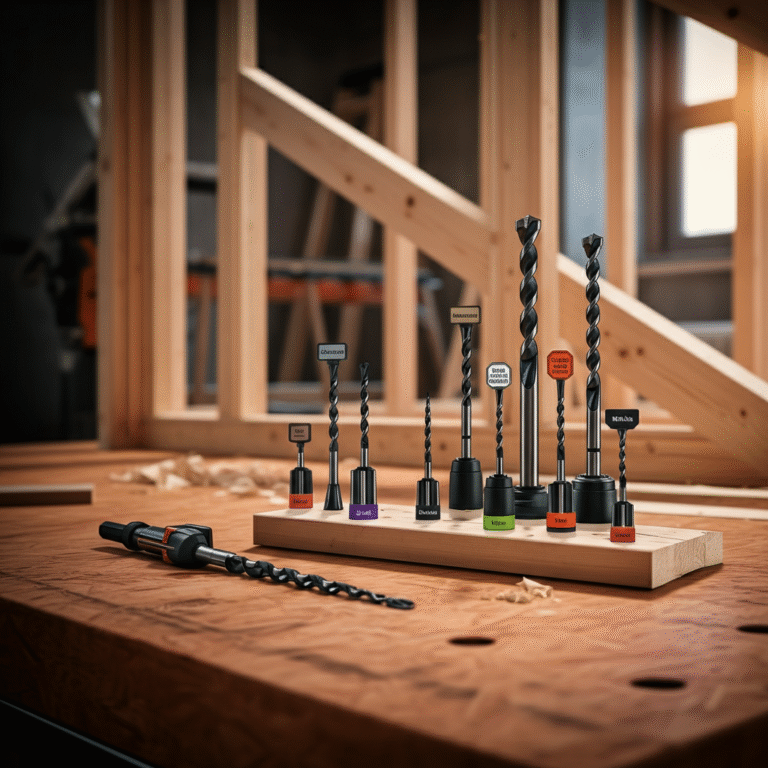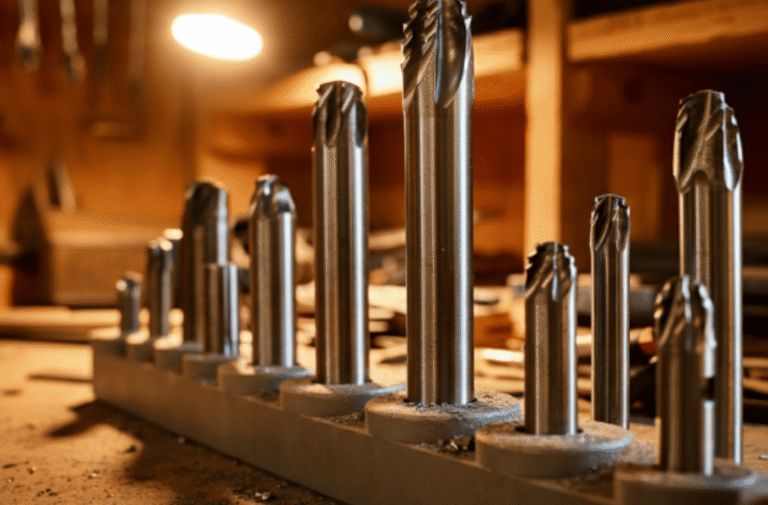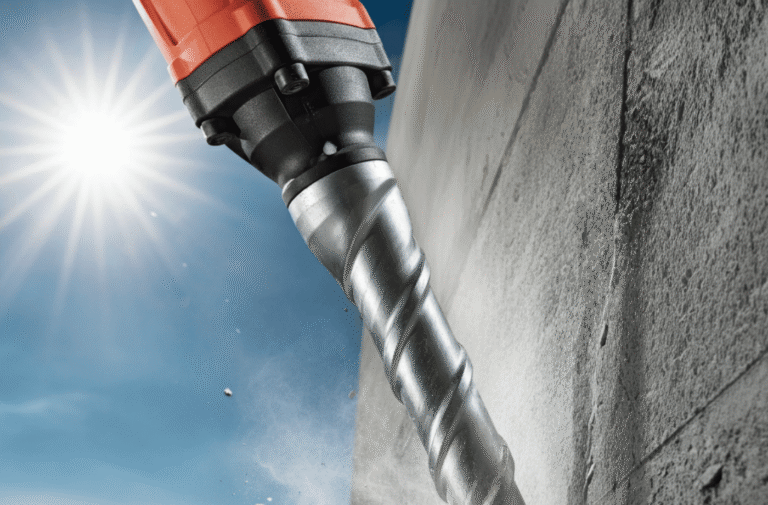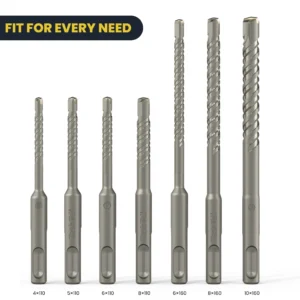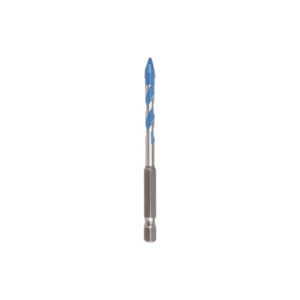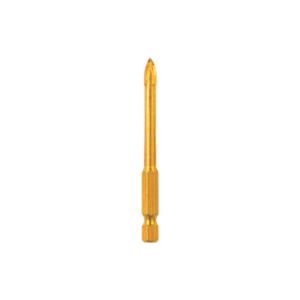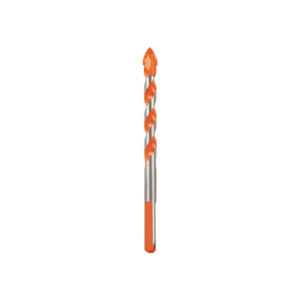Iyou’ve got heavy-duty drilling on your hands, SDS drill bits are your go-to tool. Designed for power and precision, these bits are built to make light work of tough materials like concrete, brick, and stone. But where do they shine the most? Read on to explore the top projects where SDS drill bits deliver stellar results and how to make the most of them.
Understanding SDS Drill Bits
What Makes SDS Drill Bits Different?
SDS (Slotted Drive System) drill bits are specially designed for rotary hammers. Unlike standard drill bits, they feature a unique shank design that allows them to click securely into SDS rotary hammers for maximum torque and reduced slippage. The result? Superior performance when working with hard, dense materials.
Their standout features include:
- Exceptional durability for repetitive heavy-duty applications.
- Compatibility with hammer drills for better percussion performance.
- Smooth operation through materials like concrete, stone, and brick.
Whether you’re a professional contractor or a DIY enthusiast, knowing the strengths of SDS drill bits can expand your project possibilities.
1. Drilling Holes in Masonry
One of the most common uses of SDS drill bits is creating clean, precise holes in masonry materials like bricks, stone, and cinder blocks.
Applications:
- Installing fixtures like shelves, curtain rods, or TV mounts on brick walls.
- Creating anchor points in stone walls for outdoor structures.
- Drilling drainage holes into retaining walls or garden features.
Pro Tip: Use carbide-tipped SDS drill bits for longer life and better performance during masonry projects. Ensure your drill is in hammer mode to maximize efficiency.
2. Anchoring Bolts in Concrete
When it comes to securing bolts in concrete, SDS drill bits perform flawlessly. They quickly punch through tough concrete without wearing down under pressure.
Applications:
- Securing heavy equipment, like gym machines or industrial shelves, to concrete floors.
- Anchoring fence posts or signboards into concrete bases.
- Installing machinery in workshops or garages by bolting it to the ground.
Pro Tip: Keep the drill steady and perpendicular to the surface to ensure an accurate hole diameter for a snug bolt fit.
3. Creating Passages for Electrical & Plumbing Work
SDS drill bits are ideal for creating openings for pipes, conduits, and wiring when renovating or laying utility lines.
Applications:
- Drilling through concrete walls or floors to feed electrical wires.
- Creating channels for HVAC systems.
- Preparing holes for plumbing installations, such as faucets or drainage pipes.
Pro Tip: Use SDS drill bits with a larger diameter to accommodate the required utility sizes, and always mark your drilling points beforehand for precision.
4. Transforming Landscape Designs
If your outdoor projects involve hard materials, SDS drill bits can help bring your landscaping visions to life.
Applications:
- Drilling holes in stone pavers for outdoor lighting fixtures or decorative elements.
- Installing masonry planters, fountains, or other garden ornaments.
- Building stone walls by fastening structures together with hidden anchors.
Pro Tip: To avoid cracking stone materials, ensure the drill bit is suited to the thickness and density of the material. Start with lower speeds for better control.
5. Installing Concrete Fixings
SDS drill bits shine when working on projects that involve adding metal fixings or brackets to concrete.
Applications:
- Installing brackets for handrails and stair banisters.
- Adding fixings for shelves or storage racks in industrial environments.
- Setting up pole mounts for outdoor lighting or patio tents.
Pro Tip: Use depth gauges or stoppers on your SDS drill to avoid drilling too deeply for bolts or brackets.
6. Removing Tiles or Breaking Through Concrete
While SDS drill bits are primarily designed for drilling, many SDS systems can be equipped with chisels for demolition work.
Applications:
- Removing old tiles in kitchens, bathrooms, or patios.
- Cutting through concrete slabs for renovation or repair work.
- Breaking away mortar or loose masonry to prepare surfaces for refurbishing.
Pro Tip: Switch to SDS chisel attachments for breaking or scraping tasks, as they are designed specifically for these purposes.
Safety Tips for Using SDS Drill Bits
Before you start on these projects, safety should be your priority. Remember these tips:
- Wear Protective Gear: Always use safety goggles, gloves, and hearing protection when working with SDS drill bits.
- Check Your Drill Settings: Ensure your drill is in hammer or rotary hammer mode when working with concrete, bricks, or stone.
- Secure Your Surface: Use clamps or other secure measures to stabilize the material you are working on.
- Monitor Bit Wear: Regularly inspect your SDS drill bits for signs of wear. Dull bits can compromise efficiency and increase the risk of accidents.
- Work Smart: Avoid applying excessive pressure on the drill to protect both the bit and the material you’re working on.
Choosing the Right SDS Drill Bit for Your Project
The right drill bit makes all the difference. Here’s a quick guide to choosing the ideal SDS bit for your project:
- Standard SDS Plus Bits: Best for light- to medium-duty tasks like drilling into bricks and concrete.
- SDS Max Bits: Perfect for heavy-duty tasks like breaking through thick concrete slabs or reinforced stone.
- Carbide-Tipped Bits: Ideal for extending the lifespan of your tools when working with dense or abrasive materials.
- Chisels and Specialty Attachments: Great for demolition or tile removal projects.
Key Takeaways
SDS drill bits are essential for a wide range of heavy-duty projects, from drilling anchor holes in concrete to transforming outdoor spaces by working with stone and brick. With the right bit and proper technique, you’ll achieve precision, efficiency, and durability, no matter the project.
Planning your next drilling project? Remember to choose SDS bits suited to your material, task, and drill setup for the best results. Reliable tools make all the difference, and SDS drill bits are an invaluable addition to every DIYer’s or contractor’s arsenal.

